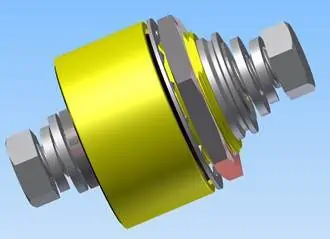Posts Tagged ‘Susceptibility’
Did You Know? – NexTek Enables Compliance with DO-160G Avionics and Aircraft Equipment Standards
The DO-160 Series (currently DO-160G) regulations regarding Avionics cover a wide range of test requirements that every piece of certified Avionics equipment must comply with. With the range of requirements covered under this wide-reaching document, covering everything from Temperature Range and Vibration Ratings to EMI Susceptibility and Lightning Protection. Learn more about DO-160 and it’s…
Read MoreProduct Spotlight: Next Generation Feedthrough Filter
NexTek’s portfolio of available High Current EMI/RFI Filters contains only one design which combines all of our Next Generation Design Features. With a design that utilizes lightweight materials, an ultra-compact overall length, 300 Ampere rating, and a bulkhead O-Ring feature…The HPR300 series is ready for the most demanding filter applications. Feedthrough EMI/RFI filters are used to…
Read MoreWebsite Update: Threat Type Pages – EMI/RFI Emissions and Susceptibility
NexTek is proud to announce the addition of two new pages our site, nextek.com. The new sub-pages cover the main Threat Types associated with Electro-Magnetic and Radio Frequency Interference challenges; Emissions and Susceptibility/Vulnerability. NexTek has nearly 30 Years of experience in solving challenging EMC problems and issues, and our standard line of high current feedthrough…
Read MoreArticle Spotlight: Feedthrough EMI/RFI Filters For High Current Applications – Part 2
As Part 2 of a three part series of articles covering High Current Feedthrough EMI Filters, from the basics of power filtering, factors that are unique to high current filters, all the way through to accurate feedthrough filter performance measurement. If you have not seen Part 1 of this Series, start here: Compact EMI Filtering for High Current Applications,…
Read MoreDid You Know? – NexTek EMI Filters are Used On Electric (EV) and Hybrid Vehicles!
As fuel efficiency becomes more and more important around the world, and the technologies behind Electric and Hybrid vehicles become more efficient, cost-effective, and prevalent, the number of these vehicles in the world will continue to increase. As the power systems within these cars get larger and more complex, it can become more and more…
Read More




